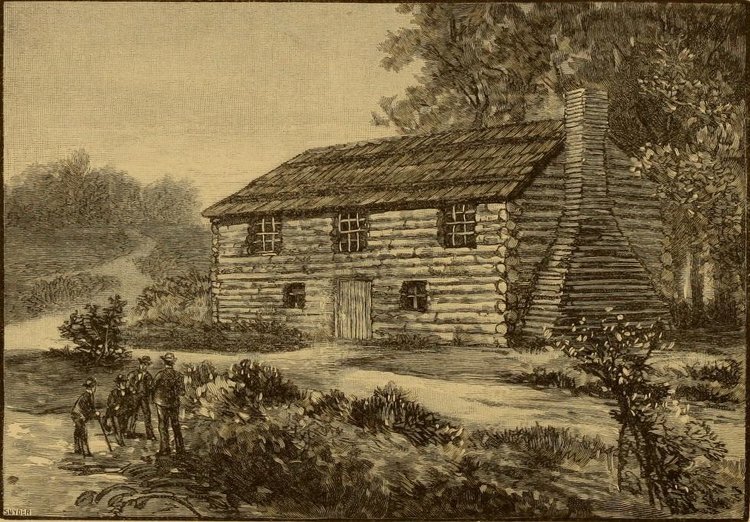Receive our blog posts in your email by filling out the form at the bottom of this page.
There is always a lot going on at Log College Press. Here is a brief report to get you up to speed.
In July 2022, we added 349 new works to the site. Today we aim to highlight some of the new free PDFs available as found on our Recent Additions and Early Access pages, two features provided to members of the Dead Presbyterians Society.
Early Access:
In 1760, a letter authored by Gilbert Tennent and signed by seventeen other Presbyterian ministers was sent to the Archbishop of Canterbury concerning William McClanachan (1714-c. 1765), a sometime Anglican, Congregational and Presbyterian minister, which proved to be somewhat ecclesiastically messy for the writers. What is particularly interesting about the “eighteen Presbyterian ministers” who jointly signed the letter is that this is one occasion when Samuel Davies and the Tennent brother (Gilbert, Charles and William, Jr.) united in a literary production. Others who also signed include John Rodgers, Abraham Keteltas, Alexander MacWhorter, John Blair, Robert Smith, John Roan, Charles McKnight; all together at least seven alumni of the Log College signed this letter, which is now available to read on our Early Access page.
Speaking of the Tennents, we have added a volume by Mary A. Tennent titled Light in Darkness: The Story of William Tennent Sr. and the Log College (1971) to the William Tennent, Sr. page. It is a valuable study of the Tennent family and the Log College.
In the course of our research, we came across a volume of sermons once owned by Samuel Miller. Many of the individual sermons bear his handwritten signature on the title pages. Some of the sermons were delivered in connection with the May 9, 1798 fast day appointed by President John Adams (William Linn, Ashbel Green and Samuel Blair, Jr.). Also included was another separate fast day sermon preached by Nathan Strong and an 1815 thanksgiving sermon preached by James Muir (following the end of the War of the 1812).
We added some interesting works by John Tucker (1719-1792), including a noted 1771 election sermon and two editions (one published and one handwritten manuscript) of a 1778 sermon on the validity of Presbyterian ordination.
Robert R. Howison, author of a noted history of Virginia, wrote a history of the War Between the States in serial fashion which was published in the Southern Literary Messenger from 1862 to 1864. We have compiled each installment into one PDF file comprised of almost 400 pages.
Perhaps the most famous sermon delivered by Clarence E.N. Macartney was Come Before Winter, first preached in 1915 and then annually for many years after. We have added the 30th anniversary edition of that sermon to his page.
We have also recently added more sermons and letters by Samuel Davies, some of which are now at the Recent Additions page.
Recent Addtiions:
William Adams, On the Death of President Harrison (1841);
Several novels by Francis R. Goulding;
James Newton Saunders, Memorial Upon the Life of Rev. Stuart Robinson (1883);
and many works by Theodore L. Cuyler, J.R. Miller and Julia McNair Wright, among quite a few others.
Be sure also to check out the quotes we have been adding at our blog for DPS members: Though Dead They Still Speak, including some by John Murray on the regulative principle of worship; David Rice on religious controversy; and Louis F. Benson on early Presbyterian psalmody.
As we continue to grow, please avail yourself of the many resources (both digital and in print) at Log College Press, and be sure to tell your friends about us. We hope that brushing off these old tomes will indeed enrich the 21st century church - that is our prayer. Thank you, as always, for your interest and support, dear friends.





